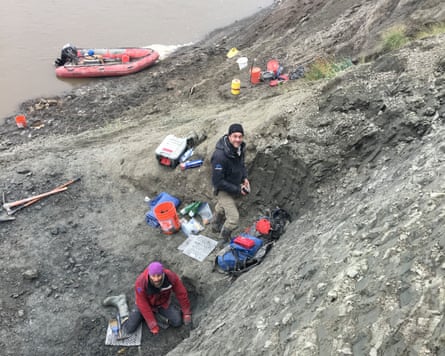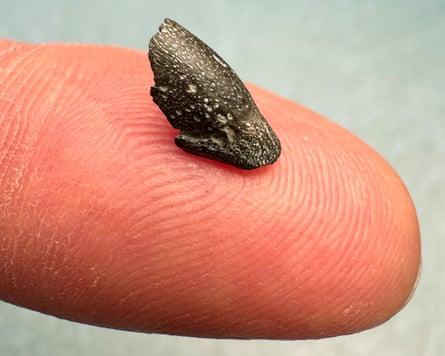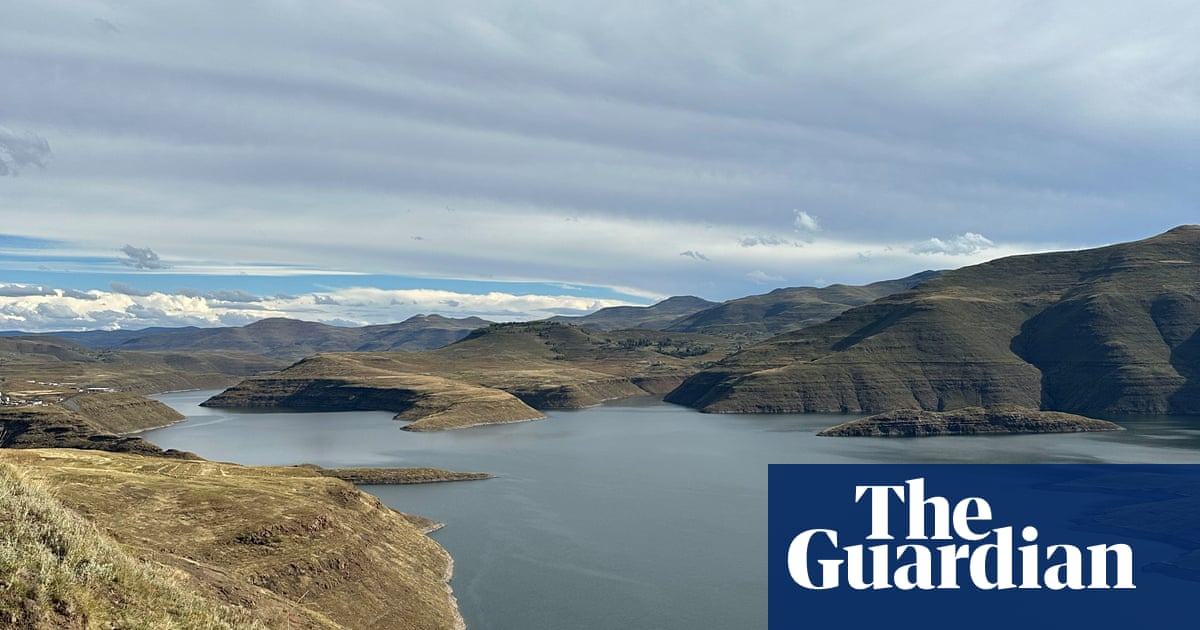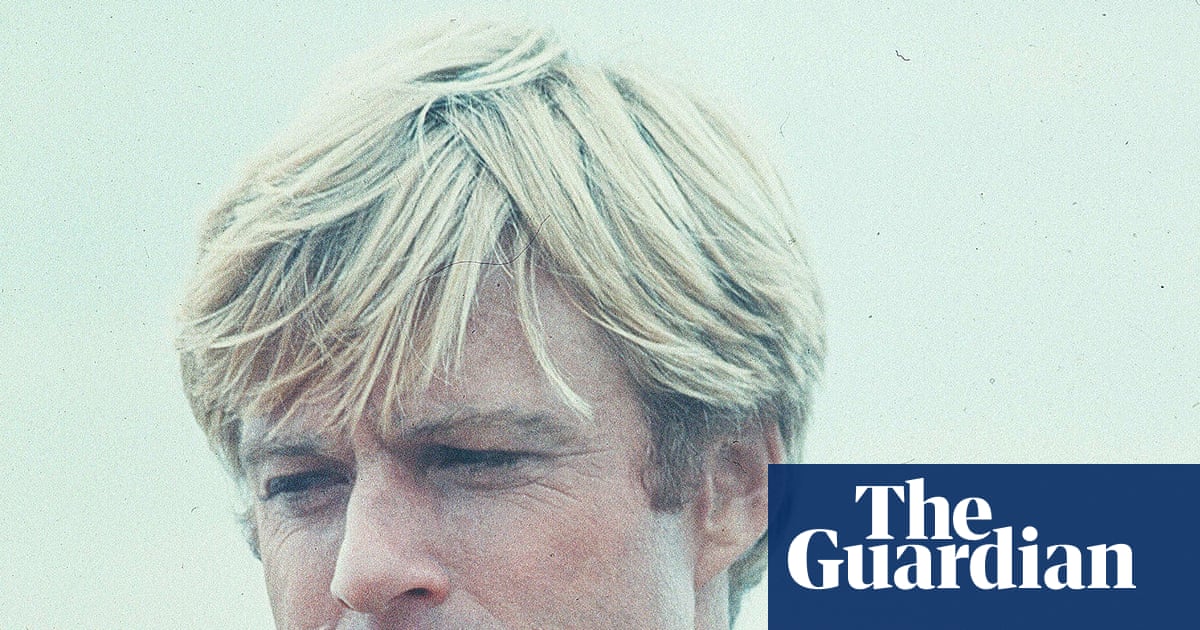The Arctic might evoke images of polar bears and seals, but 73m years ago it was a dinosaur stomping ground. Now fossil hunters say these beasts shared their turf with a host of different birds.
Researchers believe their discovery of more than 50 bird fossils from the Prince Creek formation in Alaska is the oldest evidence of birds nesting in polar regions, pushing back the date by more than 25m years.
“The previous oldest evidence for polar nesting is a penguin colony from the Eocene of Antarctica [that lived about 46.5m years ago],” said Lauren Wilson, first author of the work from Princeton University.
More than 200 species of bird nest in the Arctic today, with the researchers saying they are crucial members of the ecosystem, helping with essential tasks such as pollination and seed dispersal. And the latest findings suggest their presence is nothing new.
“These new fossils fill a major gap in our understanding of bird evolution,” said Prof Patrick Druckenmiller, director of the University of Alaska Museum of the North and a co-author of the study published in the journal Science.
While the earliest birds emerged in the Late Jurassic, about 150m years ago, the delicate nature of bird bones means such animals are rare in the fossil record. “Prior to this work, and with the exception of a few footprints, bird fossils weren’t known from Alaska,” said Druckenmiller.

The discovery involved far more than mere good fortune, with the team carefully excavating bones as well as washing and sieving material from small, sandy deposits to isolate tiny fossils, many of which were less than 2mm in size.
“It was literally like panning for gold, except bird bones are our prize,” said Druckemiller.
Wilson added that many of the bones were from embryos or hatchlings. At least one species of bird, she said, belonged to a now-extinct group called Ichthyornithes, and would have resembled a toothed seagull, while the researchers also found at least one member of another extinct group called Hesperornithes: foot-propelled diving birds with teeth.
Many of the fossils came from toothless birds that may have resembled ducks. That, the team note, is significant because features such as a lack of teeth are a hallmark of Neornithes, the group that includes all living birds and their most recent common ancestor. It suggests the prehistoric birds nesting in the Arctic were close relatives of modern birds.

Druckenmiller said that, like the Arctic today, the Prince Creek ecosystem of 73m years ago would have experienced about six months of continuous daylight in the summer, during which it would have been very green. As a result there would have been an abundance of food. However, the winter would have been chilly.
“While [winters were] not as harsh as today, year-round residents would have to endure freezing temperatures, occasional snowfall, and about four months of continuous winter darkness,” he said.
Wilson said the newly discovered fossils showed the birds were breeding in the Arctic, but she said it was unclear if they spent the winter there, adding it was highly likely at least some of them were migratory.
Steve Brusatte, a professor of palaeontology and evolution at the University of Edinburgh who was not involved in the work, said that while the fossils discovered by the team were “absolutely minuscule”, they told a huge story.
“These fossils show that birds were already integral parts of the these high-latitude communities many tens of millions of years ago, and thus that these communities are a long-term norm of Earth history, not a recent ecological innovation of modern times,” he said.

.png) 3 months ago
84
3 months ago
84

















































